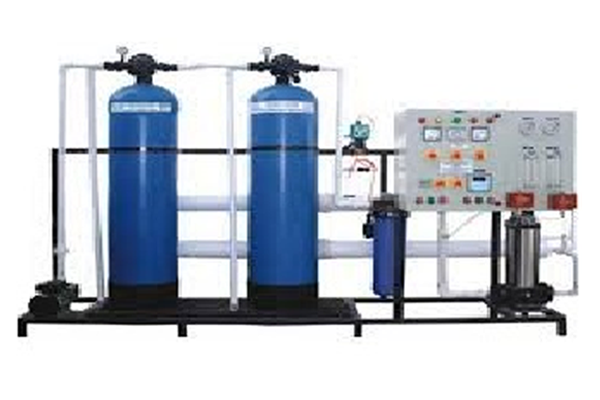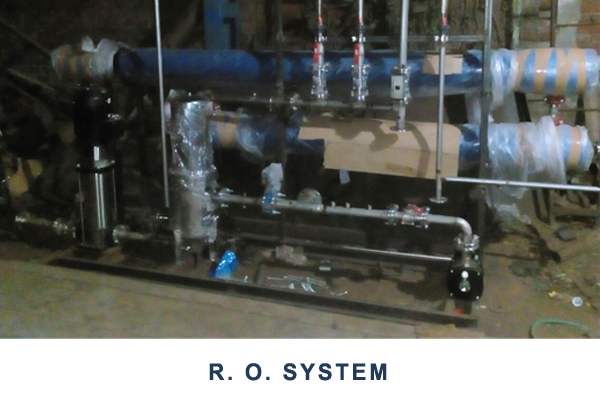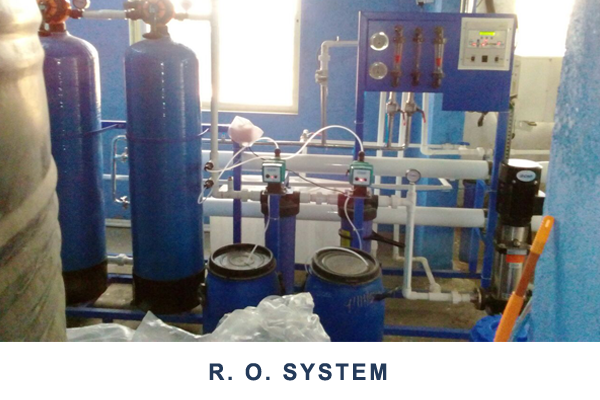Reverse Osmoses System (RO)
RO System is a technology used to remove dissolved solids and impurities from water using a semi-permeable RO membrane which allows the passage of water but leaves the majority of dissolved solids and other ants behind.
Reverse Osmosis (RO) is a water treatment process that removes contaminants from water by using pressure to force water molecules through a semipermeable membrane.
During this process, the contaminants are filtered out and flushed away, leaving clean, delicious drinking water. Reverse osmosis is capable of removing up to 99 percent of different contaminants such as lead, fluoride, chlorine, dissolved salts, and more.
Four Stages of Reverse Osmosis Process:
SEDIMENT FILTER:
This pre-filter stage is designed to strain out sediment, silt, and dirt and is especially important as the sediment filter protects dirt from getting to the delicate RO membranes that can be damaged by sediment.
CARBON FILTER:
The carbon filter is designed to remove chlorine and other contaminants that affect the performance and life of the RO membrane as well as improve the taste and odor of your water.
REVERSE OSMOSIS MEMBRANE:
The semipermeable RO membrane in your RO system is designed to allow water through, but filter out almost all additional contaminants.
POLISHING FILTER:
In a four-stage RO System, a final post filter (carbon filter) will “polish” off the water to remove any remaining taste and odor in the water. This final filter ensures you’ll have outstanding drinking water.




